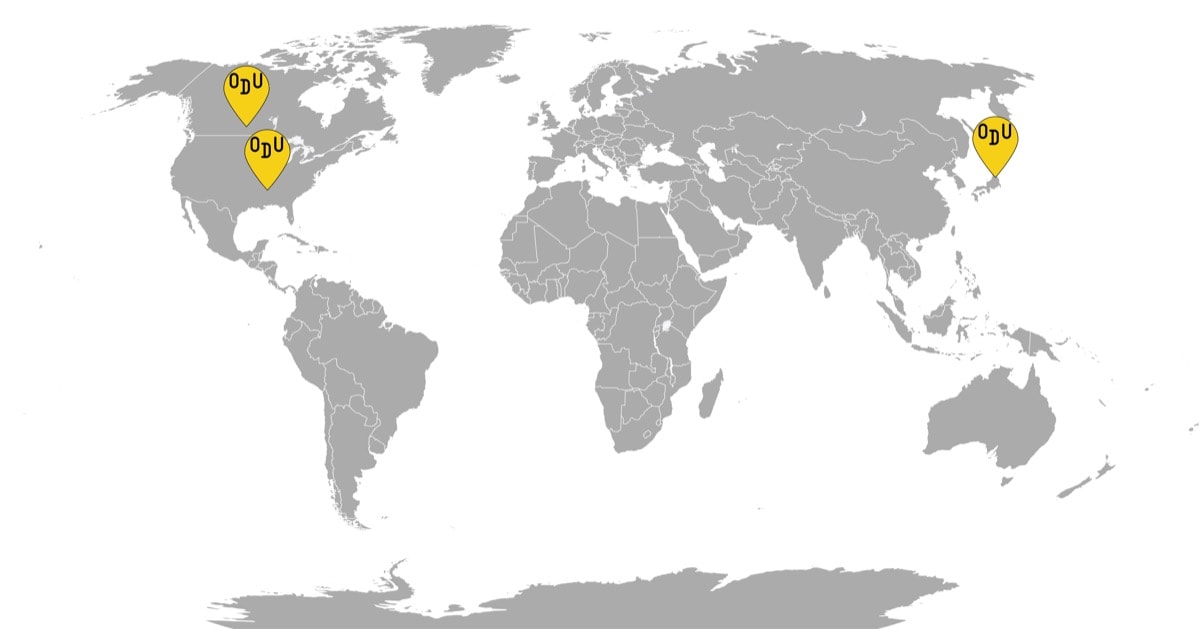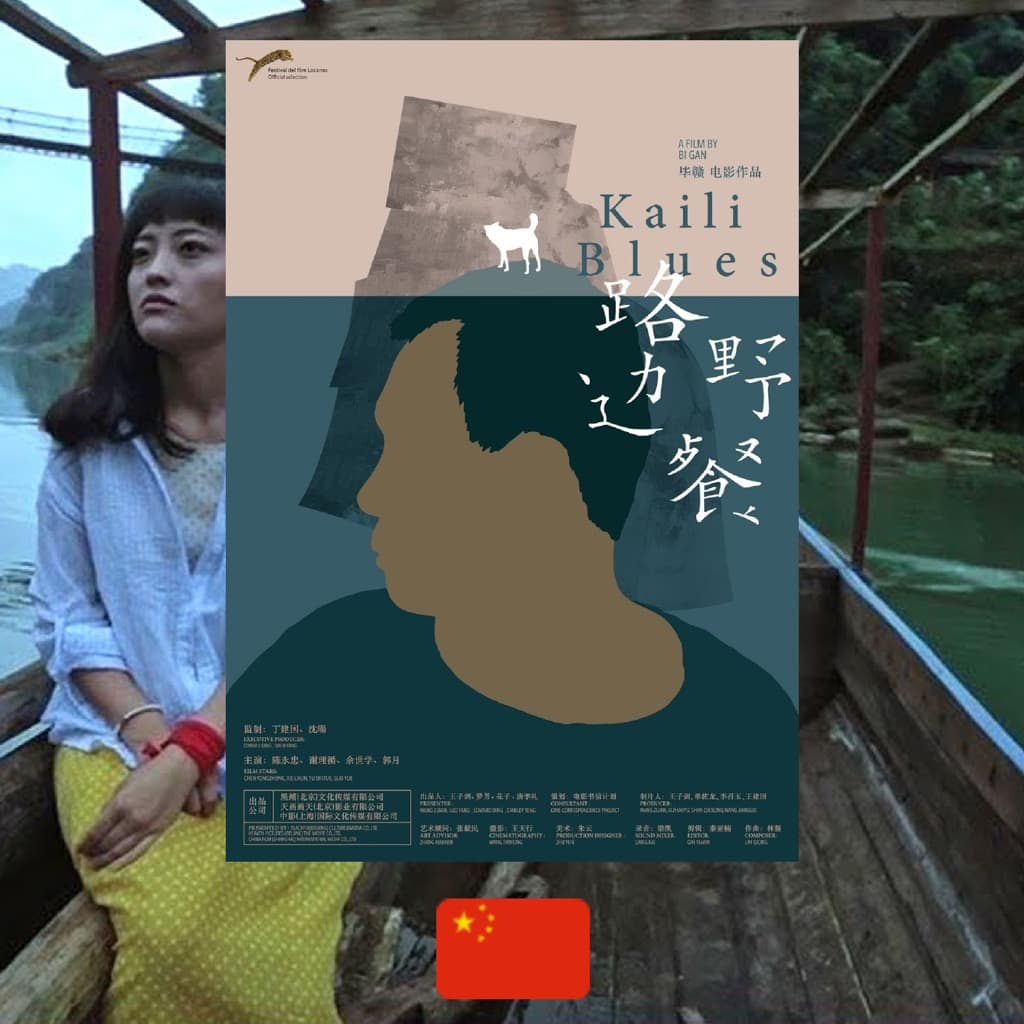A head-spinning tour of the many ways in which queerness manifests itself in Japan, from art-forms to infrastructure, from communities to mass media, made with affection for every featured voice



FROM JAPAN, UNITED STATES and CANADA
WHAT IT’S ABOUT: A world-renowned manga artist famous for his muscular erotica and a heart-wrenching graphic novel that advocates for marriage equality. An experimental artist who appears as a pig going into labor in bizarre, striking performances. The woman behind Tokyo’s leading lesbian bar and a former drag queen who found that folk dance was better suited for expressing his sexuality. “Queer Japan” is a multi-faceted exploration of what it means to be gay, lesbian, transgender, or queer in any other way in the land of the rising sun. Culled from over a hundred interviews and full of striking visual imagery, daring feats of activism and engaging, diverse activists eager to share the stories of their struggle, “Queer Japan” is an immersive look at the work, the play and the pain that go into leading Japan to a queer-friendly future.
WHO MADE IT: Graham Kolbeins is a filmmaker, writer, and fashion designer, who works at the intersection of manga culture and queerness. He had made a bunch of shorts previously, but “Queer Japan,” co-written with his frequent collaborator and manga producer Anne Ishii, is his first feature-length project. In addition to “Queer Japan,” which Ishii also co-produced, the duo is responsible for the clothing brand and manga publisher Massive Goods, as well as a couple of books on Japanese art along with Chip Kidd.
The film’s trippy soundtrack was made by Geotic (aka Will Wiesenfeld / Baths).
“Queer Japan” features a diverse range of characters, with some of the most notable queer artists and activists that the country has to offer, as well as some pioneers of queer liberation.
One of the elders featured is Hiroshi Hasegawa, an HIV-rights activist and co-founder of G-men, Japan’s first gay magazine. Another magazine publisher, Tho Ogura, also known by his drag name Margarette of “Badi” magazine and queer bar “Okamalt” fame, makes an appearance as well. One of G-Men’s most notable contributors is also featured: Gengoroh Tagame is a manga artist, who is best known for his steamy gay scenes, as well as the adorable kid-friendly graphic novel “My Brother’s Husband” that had been translated into English. Kolbeins, Ishii, and Kidd worked on Tagame’s first collection of erotica to come out in English. The lesbian very youthful elder Chiga Ogawa owns Gold Finger, a bar in Tokyo’s gay district Ni-Chome, that was named after a series of monthly lesbian parties.
A lot of the participants in this vibrant film are visual artists. Saeborg, who is known for her mindblowing latex suits and the performances she makes using them. Atsushi Matsuda is a Butoh dancer with Dairakudakan, one of Japan’s defining contemporary dance companies. Nogi Sumiko is a multimedia artist whose works you’ve undoubtedly seen go viral: for instance, the boob scarf. Akira the Hustler, who grew to prominence as a G-men columnist as well as an artist working around gay identity and his sex work experience, also co-founded a sexual health clinic. Leslie Kee is a Singaporean photographer based in Tokyo, whose project “Out in Japan” is similar to “Queer Japan”: a breathtaking attempt to capture the many faces of the Japanese LGBTQIA+ community.
Of course, no film about queerness could be complete without some drag queens, and some of Japan’s finest make appearances, including Vivienne Sato, who is also an artist and a film critic, and Simone Fukayuki
Those fighting for queer rights at the frontline are also given ample space in the film. Aya Kamikawa, the first transgender person to seek or win elected office in Japan, is a municipal official in Tokyo as well as a writer and a fiery proponent of LGBTQIA+ rights. Tomato Hatakeno is a prominent trans rights activist and community leader, as well as a writer on video game culture. Fumino Sugiyama also advocates for trans rights, but from the transmen side: he founded a couple of non-profit organizations, including Japan’s first LGBT+ community center. Hideki Sunagawa is the founder of Tokyo Pride and a cultural anthropologist teaching at Tama University. Masaki C. Matsumoto is a writer, vlogger, and activist on gender, sexuality, and intersectionality, who also co-owns a minority-friendly restaurant. Junko Mitsuhashi is a specialist in socio-cultural histories of gender and sexuality, who backs her research with her own trans experience, while Lily Okawa is an activist who works at the intersection of sex work and transgender experience. Onitsuka Tetsuro is an educator specializing in AIDS prevention and cultural matters at Kyoto Sangyo University, and Kaoru Aoyama teaches gender and sexuality and other connected societal concerns at Kobe University.
WHY DO WE CARE: What do you know about queerness in Japan? And what about the country’s sexual culture? Perhaps you’ve heard of the term “hentai,” usually used in the West to connote anime and manga-based porn, but in fact, an umbrella term to cover sexual desires and acts that defy classification. But how much of the knowledge that anyone who isn’t inside Japan might know hinges on stereotypes? Aside from the constant objectification of the diverse kink cultures that are abundant in the country, the narrative around Japanese sexualities often tends to stray from humanity at their center. “Queer Japan” never stoops to that, inviting the viewer to see the humans behind the desire instead, while also leaving enough space to enjoy its’ vibrant, bizarre, incomparable material culture. It should not be construed as the ultimate guide to the queer history of Japan: this is something that Kolbeins leaves to the local academics and historians to reconstruct for the future generations. Instead, Kolbeins wants the many queer Japanese citizens to enjoy the spotlight from a place where their existence is neither objectified nor marginalized. Rather, it is just a variation on the norm.
WHY YOU NEED TO WATCH: Too often queer identities in the film are presented as monoliths, with gay prevalence, reaffirmation of straight family values, and not enough diversity outside of the existing binary. If you’re interested in the broader understanding of queerness than just a carbon copy where the opposite sex is switched for the same sex and would like to get into the intricacies of desire that exist outside of the conventional paradigm, “Queer Japan” is a perfect primer. And not only as a film that covers much ground within Japan: it’s one of very few documentaries that actually get to approximate the level of complexity that inhabits human desire without objectifying the participants, or trying to present them as a curiosity. The same amount of space and dignity is given to elders and youngsters, more conventional characters and wild cards, academics and artists, sex workers and business owners, those changing the system, and those rebelling from the sidelines. And we desperately need more narratives like this, whether they’re presenting a much-needed counterpoint to Queer Eye’s milquetoast handling of Japanese queerness, or allowing for a necessary diverse view of Pride, while we’re in Pride month. Instead of just doing a stiffer recounting of queer Japanese history, “Queer Japan” offers a breakneck tour of the queer-friendly places and faces that Kolbeins met and fell in love with, as his deep affinity for the culture boils over the screen. Consistently entertaining but also profound and wildly satisfying, “Queer Japan” doesn’t skimp on its two main ingredients, bringing queerness and Japanese sensibility galore. But what makes everything work so well is the gigantic dash of heart and respect for every participant, whether they’re discussing the role of urine in sex, or talking about subverting the political paradigm which allows homophobia in the country’s society.
Queer Japan (クィア・ジャパン), 2019
Director: Graham Kolbeins
For more content like this sign up for our weekly newsletter
WATCH THE TRAILER















